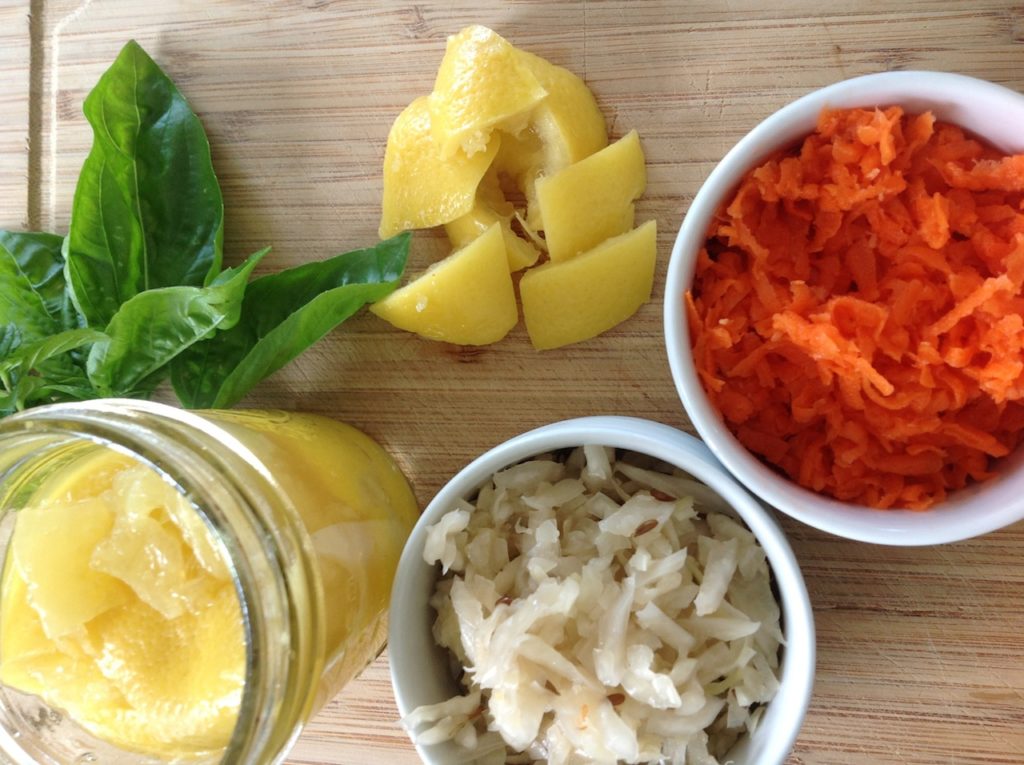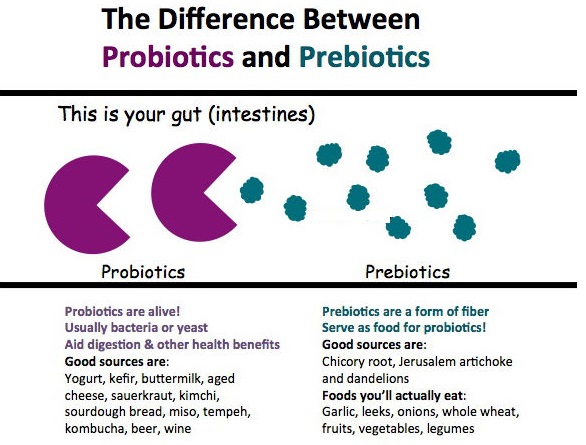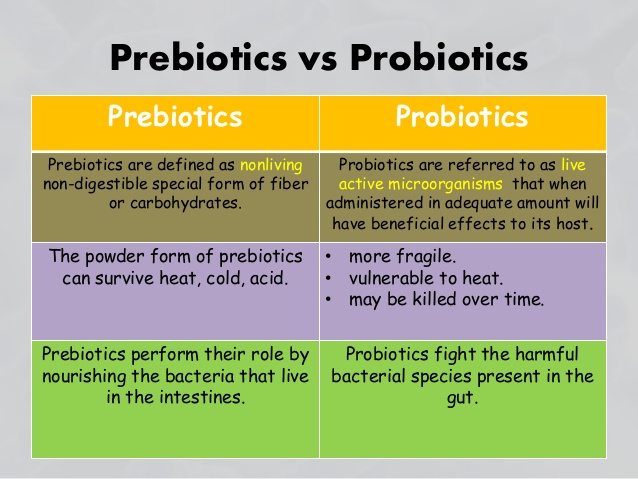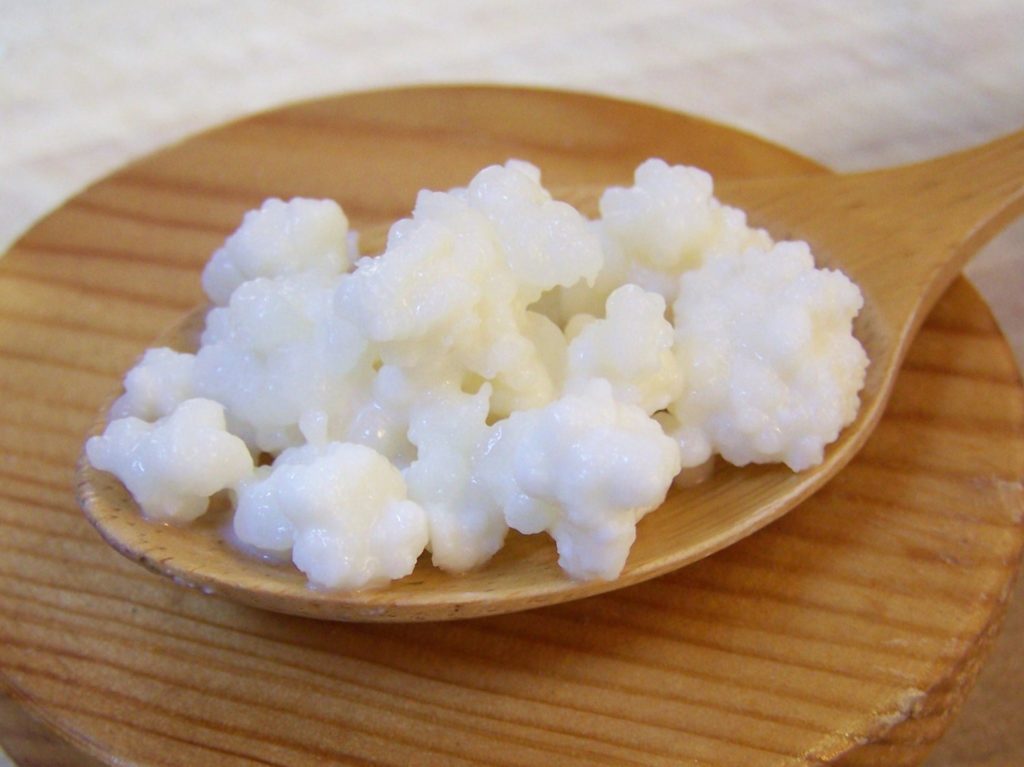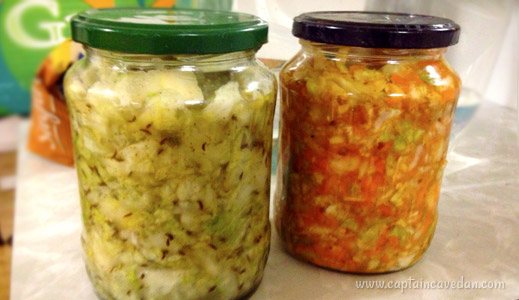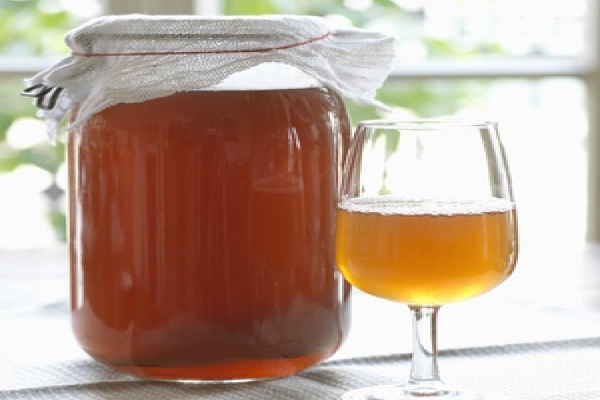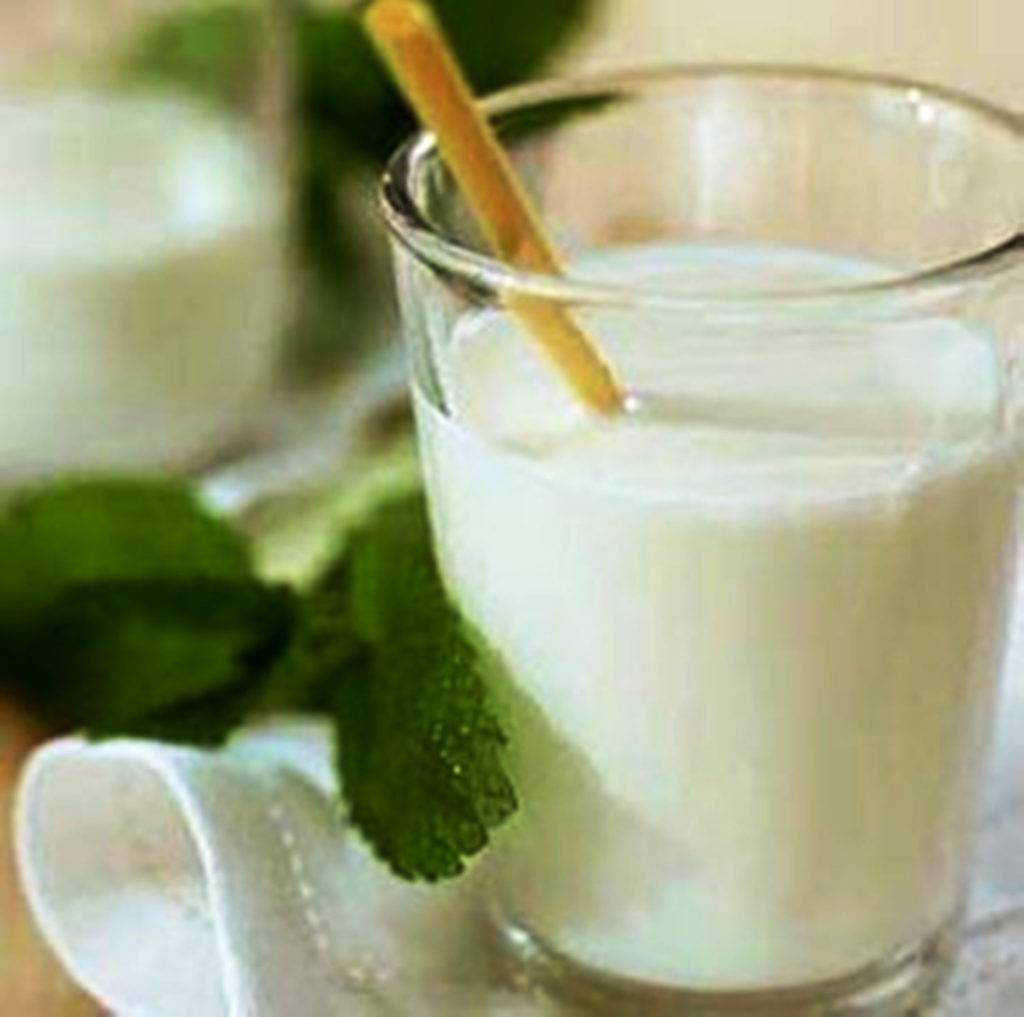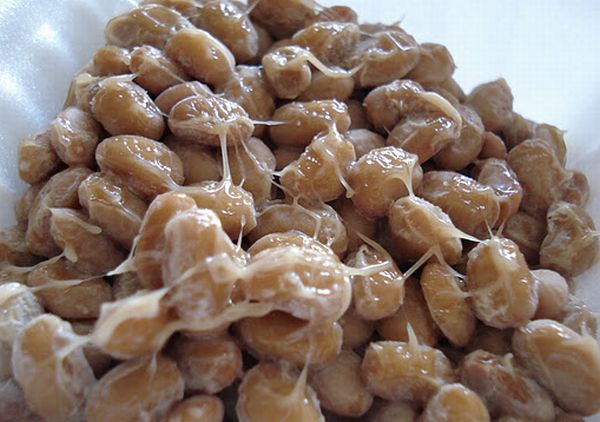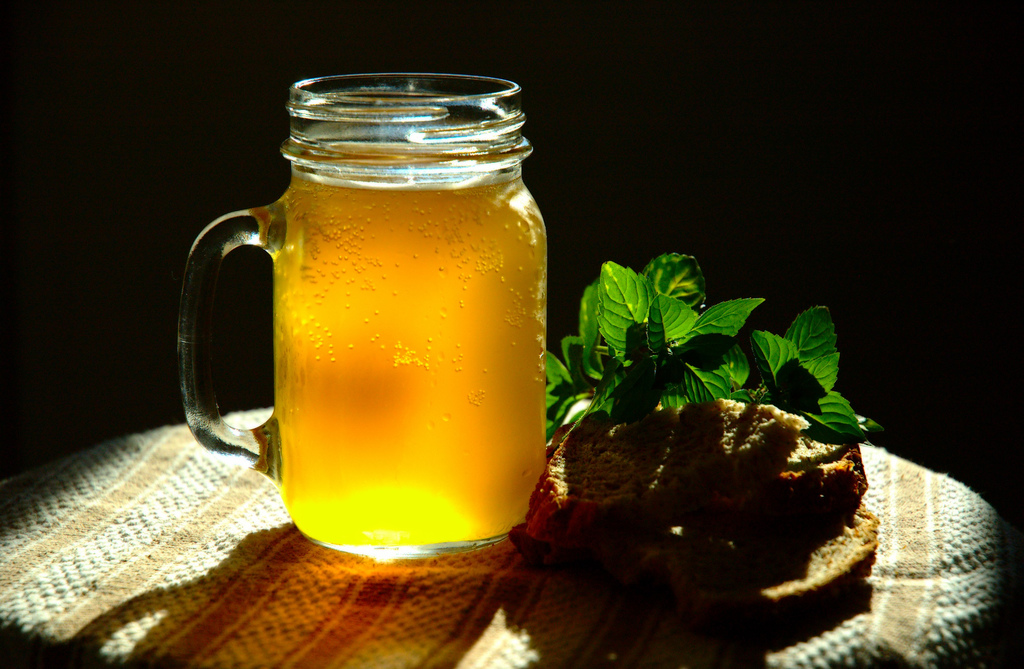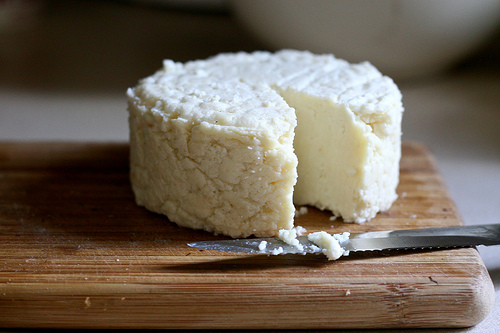12 Jul Facts, tips and authority information on Hair Health part 1
Facts, tips and authority information on Hair Health part 1
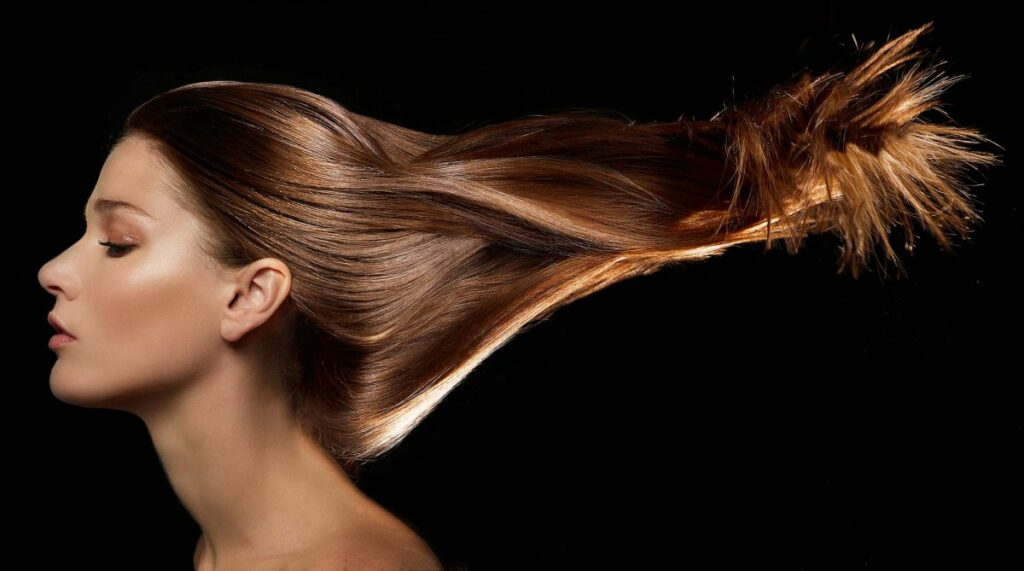 Hello everyone here we are on week 74 Wow!!!! a long journey and a really fun one, we love what we do and strive for the best authority information we can find. We are very selective for one and like to stay with subjects that empower wellness all the way around. We provide wellness tips, history, and videos that follow that thought. We are deeply grateful for all the likes and the thousands of visits and incredible support once again thank you.
Hello everyone here we are on week 74 Wow!!!! a long journey and a really fun one, we love what we do and strive for the best authority information we can find. We are very selective for one and like to stay with subjects that empower wellness all the way around. We provide wellness tips, history, and videos that follow that thought. We are deeply grateful for all the likes and the thousands of visits and incredible support once again thank you.
Thank you from all of us at I-RAMA.
Okay, let us go into the subject of this week, here we are sharing research on HAIR, the do’s and don’ts. Many facts and products to enjoy, we are going to have a whole channel dedicated to hair. Many people ask us for hair posts and here we go. We will have contributors that are experts on the subject, we are very excited and we are sure you are also, enjoy and don’t forget to Like and share, it is important in the world of social media, it makes a huge difference for our ratings, thank you.
This post is inspired by my sister in law Sue Watson and Brian Watson I got the itch to do a post about it in their honor.
According to http://www.hairscientists.org/human-hair/nutrition-and-hair-health
When we talk about healthy-looking hair, it is a general sign of good health, a good nervous system, a balanced lifestyle, and good hair-care practices. For most healthy individuals that have adequate nutrients in their diet, enough exercise and take very good care of themselves; however some people do not have access to good nutrition for whatever reasons, others have medical illnesses that predispose them to nutritional deficiency which influence scalp and body hair.
The living part of the hair is under the scalp skin where its root is housed within its follicle. It derives its nutrients from the blood. Health concerns like stress, trauma, medications, medical conditions, heavy metals, smoking, etc. can deeply affect the hair.
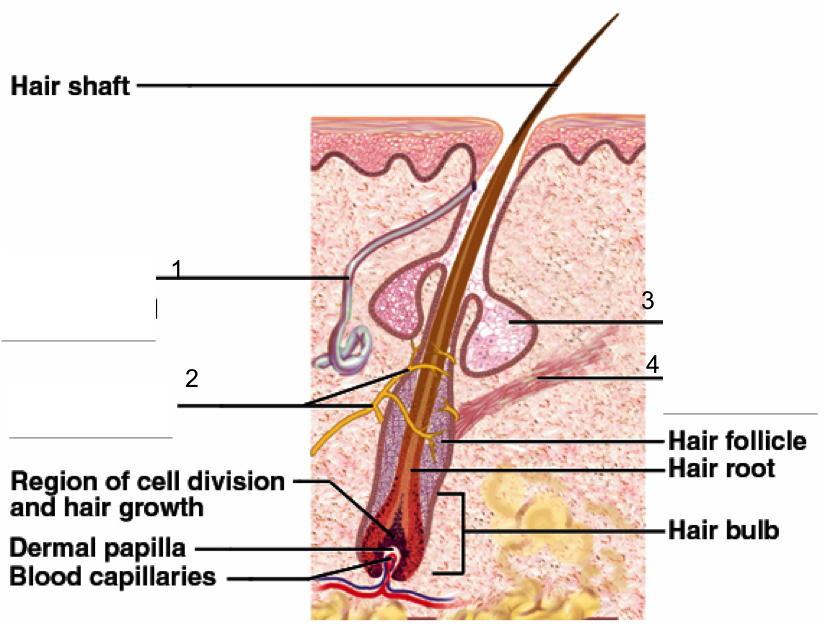
Hair is the fastest growing natural tissue in the human body: the average rate of growth is 1 cm per month. It is different from person to person as we are all different. For the most part, optimal growth occurs from age 15 – 30 and reduces from age 40 – 50. The cycles of growth of each follicle consist of creation followed by self-destruction, by that we mean that we shed the eyelashes as we do with our hair. During each new cycle, the follicle is built anew from raw materials.
The speed of hair growth varies based upon genetics, gender, age, hormones, and many other factors that we will share in this post. It may be reduced by nutrient deficiency, anorexia, anemia, zinc deficiency, hormonal fluctuations, menopause, polycystic ovaries, thyroid disease, trauma, shock, stress, and more.
It is of most importance to mention that many of the metabolic requirements of follicle cells (minerals and vitamins) must be satisfied for optimal hair growth and not always derived from fast foods and punishing work schedules, and the selective Go Go Go!.
Nutritionists have confirmed that people with certain nutritional deficiencies tend to have dry, stringy and dull hair, and sometimes experience hair loss. Fortunately, the latter can be restored once the deficiency is addressed.
Crash diets are proven to cause temporary hair loss due to incumbent nutritional factors, anorexia, bulimia, and other stressful dietary medical conditions.
Diets should contain a balance of protein, fruits, vegetables, grains, and an appropriate balanced amount of fat. The deficiency of these nutrients will typically show in the hair. A mild case of anemia can cause shedding of hair. B group vitamins are incredibly important for healthy hair, especially Biotin.
When the body is under threat it reprioritizes its processes – the vital organs will be attended first – hair follicles may not be considered a priority. While not all hair growth issues originate from malnutrition, it is a very valuable symptom in diagnosis.
The essential omega-3 fatty acids, protein, vitamin B12, and iron, found in fish sources, prevent a dry scalp and dull hair color for one. Dark green vegetables contain high amounts of vitamins A and C, which help with the production of sebum and provide a natural hair conditioner. Legumes provide protein to promote hair growth and also contain iron, zinc, and biotin. Biotin functions to activate certain enzymes that aids in the metabolism of carbon dioxide as well as protein, fats, and carbohydrates. A deficiency in biotin intake can cause brittle hair and can lead to hair loss. In order to avoid a deficiency, individuals can find sources of biotin in cereal-grain products, liver, egg yolk, soy flour, and yeast. Nuts contain high sources of selenium and therefore are important for a healthy scalp. Alpha-linoleic acid and zinc are also found in some nuts and help condition the hair and prevent hair shedding that can be caused by a lack of zinc.
For the most part, protein deficiencies or low-quality protein can produce weak and brittle hair, and can eventually result in loss of hair color. Good quality dairy products a great source of calcium, a key component for hair growth.
Healthy hair growth requires a complexity of nutrients and a ready supply of oxygen but comparatively few authoritative studies have trialed ingredients to maintain or promote hair growth. However, a balanced, bioavailable formula to protect and maintain hair growth is vital. Dietary supplements marketed to thicken hair or make it grow faster may prove of a small value.
Inverto-Structure of hair
Hair structure Diagram
What is Hair?
According to Wikipedia:https://en.wikipedia.org/wiki/Hair
Hair is a protein filament, that is an accurate description, that grows from follicles found in the dermis, or skin. When you consider that hair is one of the defining characteristics of mammals. The human body, apart from areas of glabrous skin (In varying degrees most mammals have some skin areas without natural hair. On the human body, glabrous skin is external skin that is naturally hairless. It is found on the ventral portion of the fingers, palms, soles of feet, lips, labia minora, and glans penis. Glabrousness is one trait that is associated with neon, it is covered in follicles which produce thick terminal and fine vellus hair. The most common interest in hair is focused on hair growth, hair types and hair care, but hair is also an important biomaterial primarily composed of protein, notably keratin. Attitudes towards hair, such as hairstyles and hair removal, vary widely across different cultures and historical periods, but it is often used to indicate a person’s personal beliefs or social position, such as their age, gender, or religion, to mention a few.
The Origins of Hair
By week 22, a developing fetus has all of its hair follicles formed. At this stage of life, there are about 5 million hair follicles on the body. There are a total of one million on the head, with one hundred thousand of those follicles residing on the scalp. This is the largest number of hair follicles a human will ever have since we do not generate new hair follicles anytime during the course of our lives.
Hair Follicles
Hair has two distinct structures – first, the follicle itself, which resides in the skin, and second, the shaft, which is what is visible above the scalp.
The hair follicle is a tunnel-like segment of the epidermis that extends down into the dermis. The structure contains several layers that all have separate functions. At the base of the follicle is the papilla, which contains capillaries, or tiny blood vessels that nourish the cells. The living part of the hair is the very bottom part surrounding the papilla, called the bulb. The cells of the bulb divide every 23 to 72 hours, remarkably faster than any other cell in the body.
Two sheaths, an inner and outer sheath, surround the follicle. These structures protect and form the growing hair shaft. The inner sheath follows the hair shaft and ends below the opening of a sebaceous (oil) gland, and sometimes an apocrine (scent) gland. The outer sheath continues all the way up to the gland. A muscle called an erector pili muscle attaches below the gland to a fibrous layer around the outer sheath. When this muscle contracts, it causes the hair to stand up which also causes the sebaceous gland to secrete oil.
The sebaceous gland is vital because it produces sebum, which conditions the hair and skin. After puberty, our body produces more sebum but as we age we begin to make less sebum. Women have far less sebum production than men do as they age.
According to:http://www.webmd.com/skin-problems-and-treatments/hair-loss/science-hair?page=2
Hair Shaft
The hair shaft is made of a hard protein called keratin and is made in three layers. Actually, this protein is dead, so the hair that you see is actually not a living structure. The inner layer is the medulla. The second layer is the cortex and the outer layer is the cuticle. The cortex makes up the majority of the hair shaft. The cuticle is a tightly formed structure made of shingle-like overlapping scales. It is both the cortex and the medulla that holds the hair’s pigment, giving it its color.
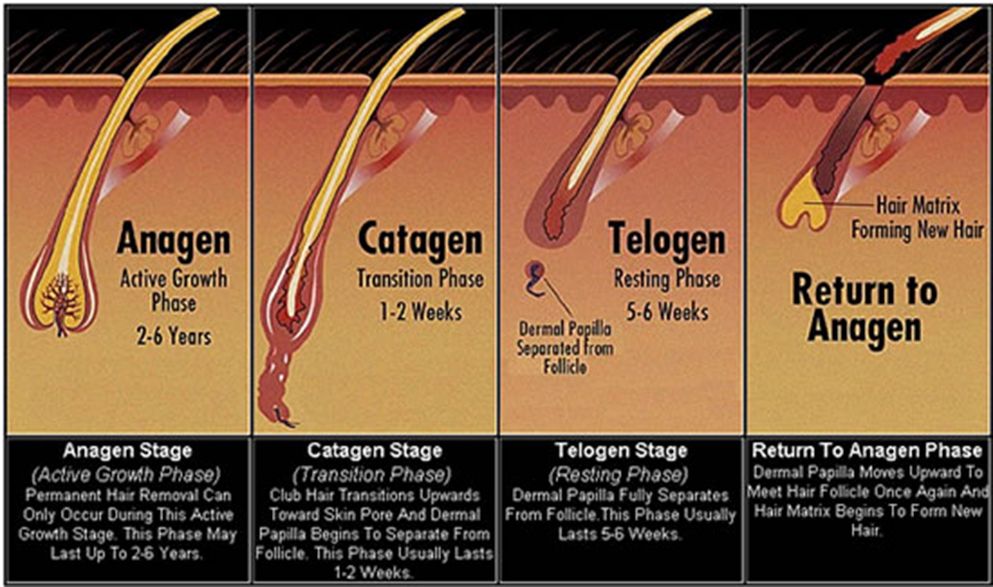
Hair Growth Cycle
The hair on the scalp grows about .3 to .4 mm/day or about 6 inches per year. Unlike other mammals, human hair growth and shedding are random and not seasonal or cyclical. At any given time, a random number of hairs will be in one of three stages of growth and shedding: anagen, catagen, and telogen.
Anagen
Anagen is the active phase of the hair. The cells in the root of the hair are dividing rapidly. A new hair is formed and pushes the club hair (a hair that has stopped growing or is no longer in the anagen phase) up the follicle and eventually out.
During this phase, the hair grows about 1 cm every 28 days. Scalp hair stays in this active phase of growth for two to six years.
Some people have difficulty growing their hair beyond a certain length because they have a short active phase of growth. On the other hand, people with very long hair have a long active phase of growth. The hair on the arms, legs, eyelashes, and eyebrows have a very short active growth phase of about 30 to 45 days, explaining why they are so much shorter than scalp hair.
Catagen
The catagen phase is a transitional stage and about 3% of all hairs are in this phase at any time. This phase lasts for about two to three weeks. Growth stops and the outer root sheath shrinks and attaches to the root of the hair. This is the formation of what is known as a club hair.
Telogen
Telogen is the resting phase and usually accounts for 6% to 8% of all hairs. This phase lasts for about 100 days for hairs on the scalp and longer for hairs on the eyebrow, eyelash, arm, and leg. During this phase, the hair follicle is completely at rest, and the club hair is completely formed. Pulling out a hair in this phase will reveal a solid, hard, dry, white material at the root. About 25 to 100 telogen hairs are shed normally each day.
Best Foods for Healthy Hair
Some of the best foods you can add to your diet to keep your hair healthy and beautiful include citrus fruits, brown rice, oysters, green leafy vegetables, certain kinds of nuts, salmon, lentils, yogurt, eggs, and many more.
Along with our skin, hair is the most exposed and visible part of our body, which also means that it is almost constantly susceptible to damage and external forces. People pride themselves on their hair, going to salons for special styles and spending hours making sure each piece is set just right. However, the health of your hair is just as important to its appearance. It is essential to protect your hair from both the outside and the inside to make sure it stays looking full, silky, and beautiful. Some of the most common problems when it comes to our hair are hair loss, drying out, split ends, slow growth, and changing colors. While some of these issues are inevitable with age, the majority of them are preventable if you structure your diet to specifically include what your hair needs.
To counter the effects of those hair conditions, and protect your follicles and hair from weather conditions, stress, low circulation, free radicals, nutrient deficiency, dehydration, and other underlying causes, you need to be proactive! Some of the most effective nutrients and minerals that can positively affect the health of your hair include zinc, selenium, iron biotin, vitamin C, vitamin D, vitamin E, and omega-3 fatty acids. While there are hundreds of foods that contain some combination or percentage of these nutritional elements, if you want the most effective and efficient improvement in the health of your hair, the following 10 foods will deliver the best results!
Eggs: Although many people might not associate a few eggs over easy with improving the health of their hair, eggs contain an impressive amount of protein, which is a major component of human hair. Beyond that, eggs are also serious sources of sulfur, iron, selenium, and zinc. Iron increases circulation to the scalp and zinc strengthens the hair you already have. Chicken is another protein-rich option that gives much the same results, in addition to a solid base of B-vitamins.
Oysters: When you are looking for a big boost of zinc in your diet, oysters are about as good as it gets. They deliver nearly 500% of your daily requirements, which will ensure that you don’t start losing your hair anytime soon. Zinc is vital for avoiding hair loss and strengthening the hair you have so it continues receiving nutrients from the scalp and staying smooth.
Blueberries: A lot of people talk about superfoods and the various amazing benefits they have for the body. These pop culture trends come and go; however, blueberries are here to stay, and between their impressive level of antioxidants, which protect the scalp from free radicals, and the huge levels of vitamin C, which boosts collagen production and stimulates the circulation of the scalp, these delicious little fruits should definitely be added to your healthy hair diet.
Lentils: Much like eggs, lentils are one of the best dietary sources for protein, and hair is made up of hardened keratin, a protein, so without a significant amount of protein in the diet, your hair won’t be growing quickly. Secondly, lentils are a major source of iron, which, when combined with vitamin C, can increase your metabolism, circulation, and oxygenation of cells, which are essential for the health of your hair follicles
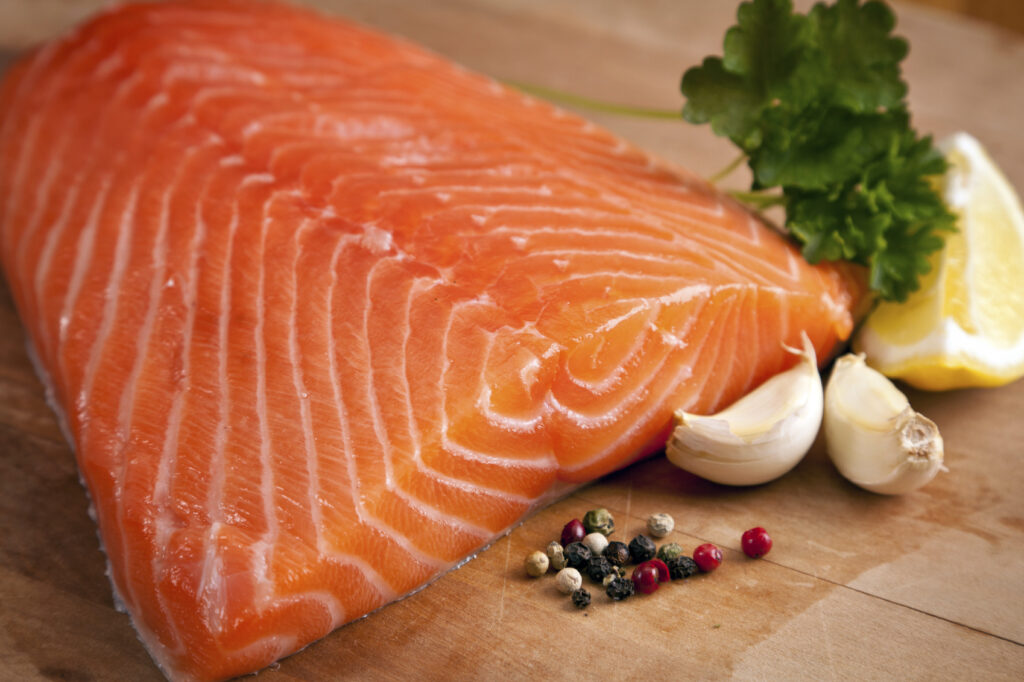
Salmon: Omega-3 fatty acids play a big part in hair health, as your body can’t create these fatty acids, but they make up between 2-3% of your hair. Also, these oils keep your skin and hair properly hydrated and are essential parts of cell membranes found on the scalp. Salmon and similar fish are the top sources for omega-3 fatty acids in a diet.
Walnuts: Walnuts are a surprising source of biotin, which is a water-soluble B-vitamin that is needed for scalp and hair health. Walnuts are also the only type of nut that provides omega-3 fatty acids. Various types of nuts are praised for their impact on hair, particularly those that contain copper, as that mineral helps to maintain hair color and shine.
Green Leafy Vegetables: Adding spinach, kale, Swiss chard, and similar vegetables to your diet will give your body iron, folate, vitamin C, and beta carotene, a potent blend of hair health nutrients that will stimulate growth, promote hydration, increase circulation, and maintain color and shine. These types of vegetables also contain methylsulfonylmethane, which helps in the production of keratin, the main protein of which hair is made.
Iodine-Rich Foods: Many hair problems can be attributed to a dysfunctional thyroid gland, which controls many of our hormonal actions. Thinning hair, slow growth, discoloration, and dryness can all be signs of a hormonal issue. Iodine is the most important nutrient to regulate our thyroid gland, so eating foods like sea vegetables (kelp, wakame) can significantly boost your iodine levels.
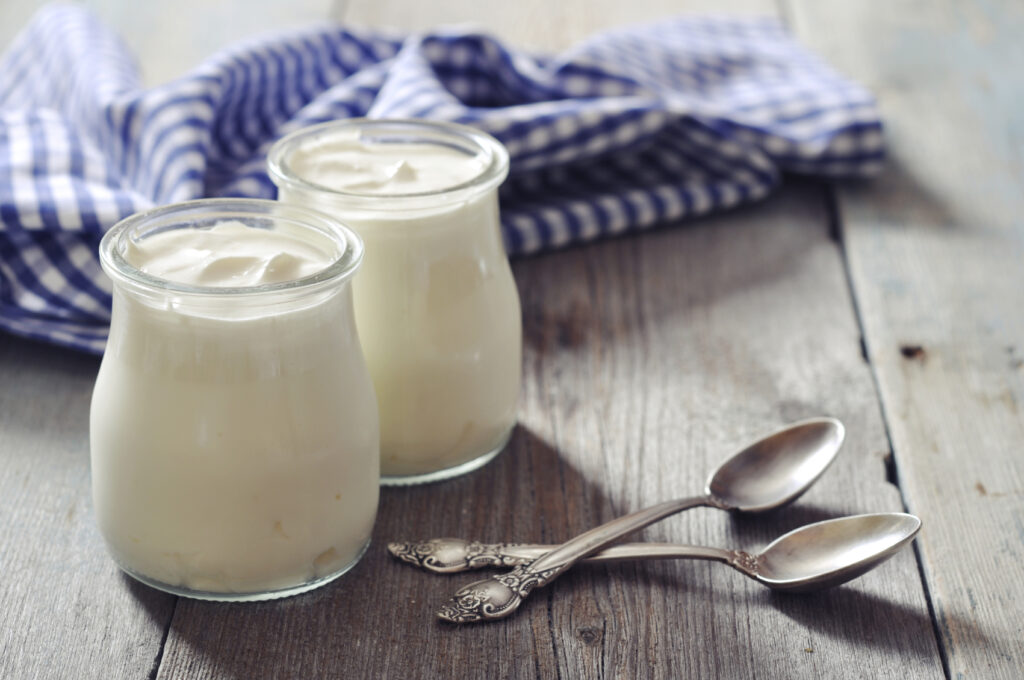
Greek yogurt in a glass jars with spoons on wooden background
Yogurt: If you want to increase your vitamin B intake (particularly pantothenic acid, which is directly linked to hair health) then add some yogurt to your daily diet. Vitamin D is also found in yogurt, which improves hair follicle health.
Benefits of Coconut Oil for Hair
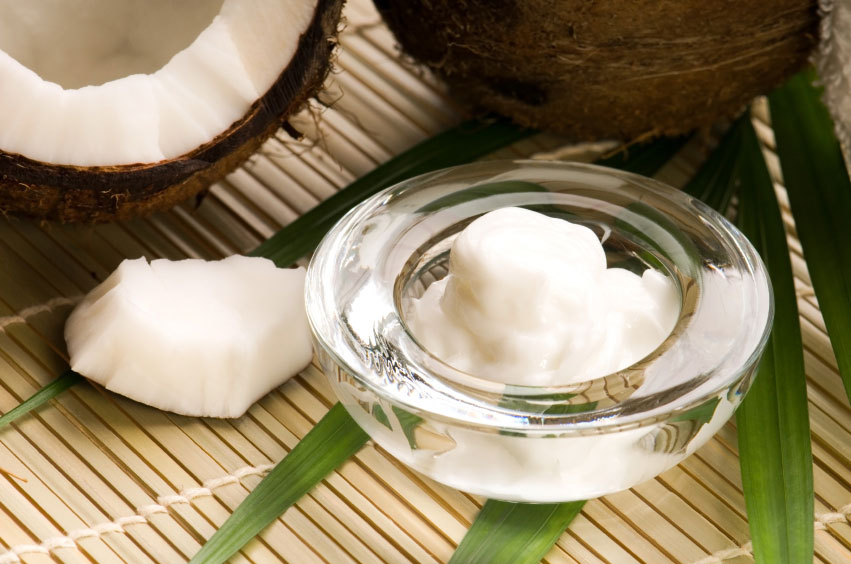
from: http://draxe.com/coconut-oil-for-hair/
Coconut oil is rich in antioxidants and has antiviral, antifungal, and antibacterial properties. When used on hair, it improves scalp health, fights infections and fungus, supports hair growth, all while adding volume and shine without the common harmful chemicals.
If you look at the ingredient labels of many of your favorite cosmetics and hair products, you will find coconut oil listed. However, most cosmetics and hair products also contain other ingredients that can be harmful to your health, while actually damaging your hair and skin.
The harsh chemicals in commercial hair care products can leave your hair flat, dry, and damaged. Adding coconut oil in small amounts simply isn’t enough. So avoid traditional products and add coconut oil to your regimen along with your favorite natural organic shampoos and products.
While some of these healthier hair products may cost a little more, the good news is that food-grade coconut oil is safe, affordable, and can effectively replace many hair care products in your cabinets.
5 Ways to Use Coconut Oil for Hair
1. Conditioner
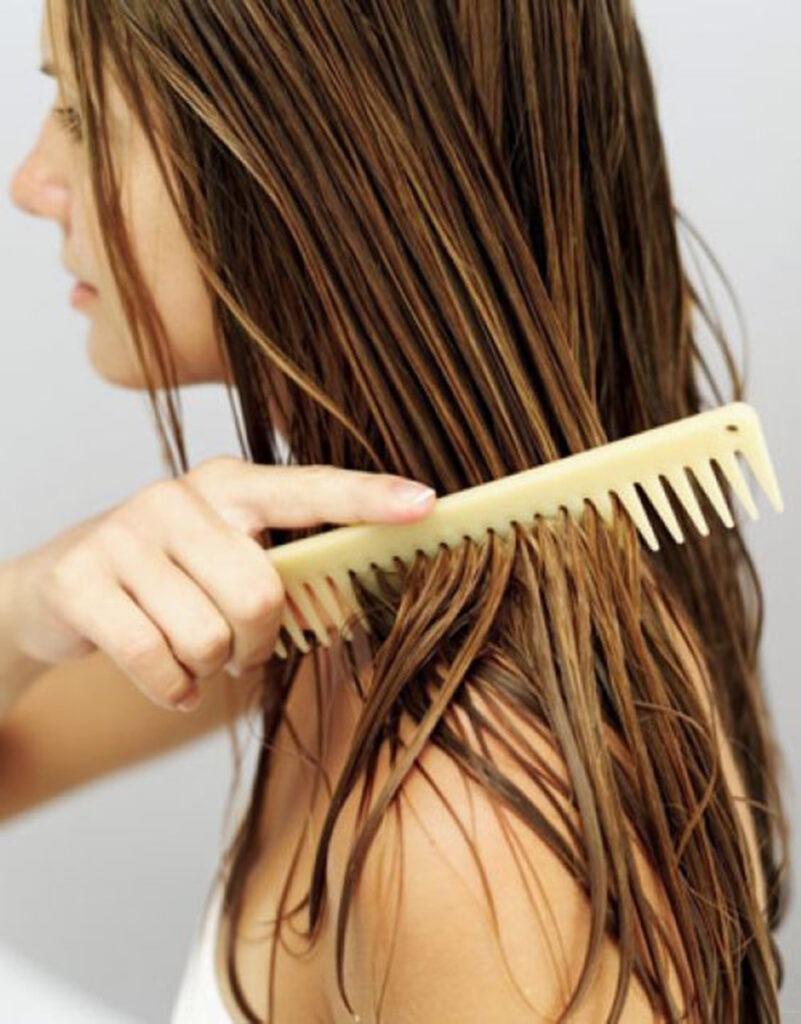
Coconut oil is free of the scary chemicals that lurk in commercial hair products, and is an excellent conditioner, for all types of hair. According to a study published in the Journal of Cosmetic Science, coconut oil out performs sunflower oil and mineral oil and is the only oil that reduces protein loss. Avoid all beauty products that contain mineral oil, especially for children.
It is the protein loss in hair that leads to dryness and breakage. The lauric acid has a low molecular weight and is able to actually penetrate the hair shaft, nourishing the hair with vitamins, minerals, and the medium-chain fatty acids.
Coconut oil helps to prevent damage from combing and brushing, and it is safe to use on children. It can be used as a leave-in conditioner, or used as an intensive conditioner for a couple of hours, or overnight. The key to using all-natural coconut oil as a leave-in hair conditioner is finding the right amount for your hair. A little goes a long way.
TO CONDITION:
For short hair, start with just a ¼ teaspoon, warmed in your palms. For longer, thicker hair, you may need up to a ½ tablespoon. You want to use sparingly on thinner hair, as it can weigh hair down if too much is used. Pay particular attention to ends and the shaft of the hair. Smooth through hair, and proceed to style as normal.
As an intensive conditioner to restore hair, after washing with a gentle natural shampoo, apply 1 teaspoon (for short hair), 2 teaspoons (for shoulder length hair), and 1 tablespoon (for long hair) after warming in the palm of your hands. Apply to the hair shaft and ends, and then rub into scalp. Cover with a shower cap, and leave on for 1-2 hours, or overnight. Wash with a gentle shampoo, and style as normal.
For dry or damaged hair, add a couple of drops of sandalwood essential oil and/or geranium essential oil for both leave-in and intensive coconut oil for hair conditioning treatments. These essential oils support moisture retention and work to increase the moisturizing and conditioning effects of the coconut oil for hair.
2. Hair Growth
![]()
Coconut oil is a safe, effective, and reasonably priced solution if you have thinning hair. It can actually help grow hair, longer and thicker. The essential nutrients including the lauric acid, penetrates the hair shaft improving the overall health of the hair.
The health of hair is often a result of internal issues, and incorporating natural hair loss remedies will help. Foods high in Omega-3 fats, pumpkin, chia, and flax seeds, and green tea, and all help support healthy hair growth, from the inside out. Before trying prescription hair growth preparations that only work for 50% of individuals and only works with continued use, modify your diet, and use coconut oil for hair conditioning and styling. The harsh chemicals can cause scalp irritation and even hair growth where the hair is not desired.
HAIR GROWTH TREATMENT:
When massaged into the scalp, coconut oil helps to improve blood circulation, supporting hair growth. It is important to massage the coconut oil into the scalp with gentle pressure for 10 minutes, 3 or 4 times per week. If you want to just focus on scalp conditioning and hair growth, you will only need 1 teaspoon.
However, if you want the benefits of deep conditioning, follow the steps above. Instead of using sandalwood essential oil, add 4 drops of rosemary essential oil, which is known to increase new hair growth over 20%. Rosemary oil also helps to increase circulation in the scalp, and when used with coconut oil can produce fantastic results.
After massaging the oils into the scalp for 10 minutes, place a shower cap on, and allow the heat of your body to work with the oils to improve scalp health. Follow with a gentle cleanser like my Homemade Rosemary Mint Shampoo. It smells great and is gentle on all hair types.
Rich with vitamin K and vitamin E, coconut oil helps to reduce dandruff, and make hair follicles healthy. These treatments are not just for thinning hair; if you are experiencing hair fall while washing, brushing, or style, these treatments with essential oils can help.
3. Dandruff
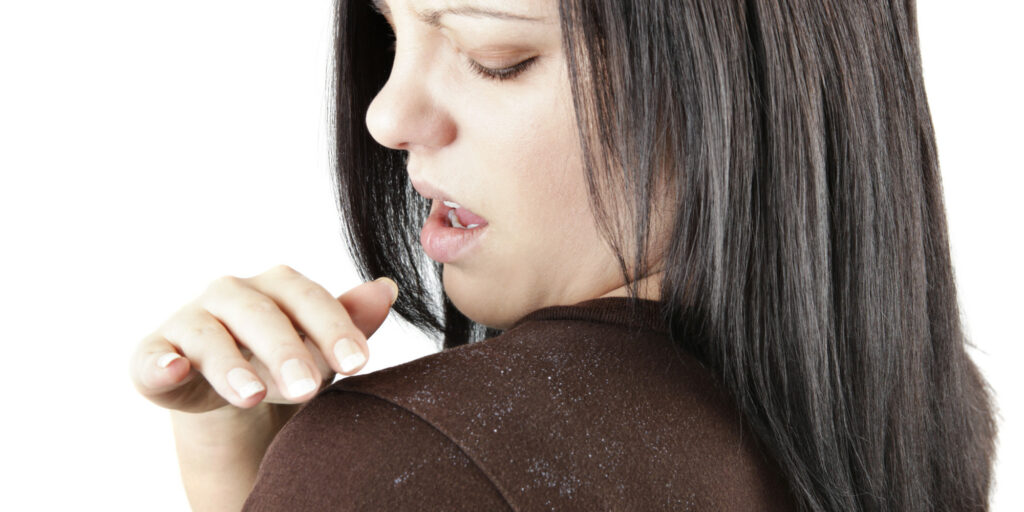
Dandruff
People have used coconut oil for their skin for hundreds of years to fight dandruff. This unsightly, and often itchy, the condition can be caused by dry skin conditions, sensitivity to the harsh chemicals in hair care products, and commonly yeast-like fungal (Malassezia) infections.
Coconut oil’s medium-chain fatty acids including lauric acid and capric acid, have strong antiviral, antimicrobial, and antifungal properties that target the fungus and help to kill it as well as viruses and bacteria that may be lurking on your scalp.
Many prescription and over-the-counter dandruff shampoos can actually make dandruff worse and don’t fix the root cause of the flakiness. If the problem is fungal, or if the problem is dry skin, topical applications of coconut oil will make a difference.
Many commercial shampoos contain chemicals that are harmful. These include parabens, propylene glycol, polyethylene glycol, sodium lauryl sulfate, and many others. Dandruff shampoos are even worse and contain ammonium laureth sulfate, magnesium aluminum silicate, and selenium sulfide.
And the majority of the time, these preparations simply do not work. The goal is to make the scalp healthier, free from fungus, and moisturized, to put an end to dandruff. Treating with coconut oil will not make dandruff go away overnight, but many can see results in just a week or so.
TO TREAT DANDRUFF:
Essential oils including lavender, wintergreen, thyme, and tea tree, all help to fight fungus and yeast. For intensive dandruff treatment, after washing hair, mix 2 teaspoons of coconut oil with 5 drops of one of the oils mentioned above, or a combination, and massage into the scalp.
Be sure to really work the mixture into the scalp, from neck to forehead, and behind the ears. Cover with a shower cap, and if possible sit in the sun for 20-30 minutes to increase the heat, or simply use a hairdryer on a low setting to heat the cap.
Remove cap, and wash with a gentle natural shampoo. Repeat this 2 to 3 times per week, or even more often, as desired. Like with the conditioning or hair growth treatment, you can leave it on overnight. Just be sure to wear the shower cap to avoid staining bed linens.
4. Styling
![]()
Yes, coconut oil is a great styling agent, and free from the dangerous chemicals in conventional hair care products! This is one of the most overlooked coconut oil for hair uses. Hairdryers, flat irons, hot rollers, and curling irons zap the moisture out of the hair shaft causing it to be brittle and prone to tangling.
Coconut oil helps to prevent this type of thermal damage, and when used in the proper amount for your hair length and texture, tames flyaways, frizz, and more. People with thick curly hair often fight frizz in humid climates. Coconut oil helps to tame the frizz, by penetrating into the curls. It can be applied throughout the day for touch-ups, just be sure to use it sparingly.
TO TAME FRIZZ:
Start with a tiny amount (1/4 teaspoon – 1 teaspoon) depending on hair, warming in palms. Smooth from root to tips, and blow-dry and style as desired. It will take just a bit longer to dry your hair, but it will be soft, shiny, and manageable.
Disguise split ends, and nourish them at the same time by using just a tiny bit of coconut oil on just the ends.
TO PROTECT FROM THE SUN:
Hair, like skin, is prone to sun damage. Coconut oil is a natural sunscreen, with an SPF of 8. If you are planning a day out in the sun, use it as a leave-in conditioner for all-day protection. And, while you are at it, use it on exposed skin as well. Coconut oil is a safe and effective sunscreen for children and adults alike.
TO DETANGLE:
Detangling hair is a chore, and can often cause breakage. Coconut oil improves hair break stress by penetrating the hair shaft. It also surrounds the hair and makes it easier to remove knots after washing, or in the evenings. Smooth a small amount through hair, paying particular attention to tangled areas and damaged ends. Use a wide-tooth comb, starting from the bottom, and slowly work your way up.
Using coconut oil for hair regularly will improve the overall health of the hair, and help to prevent tangles. If tangled hair is a continuing problem, trimming the damaged ends will help.
NOTE: If you have thin or fine hair, apply coconut oil sparingly to hair for styling. Also, do not apply it to the scalp as this can weigh down the hair.
5. Lice Prevention & Lice Treatment
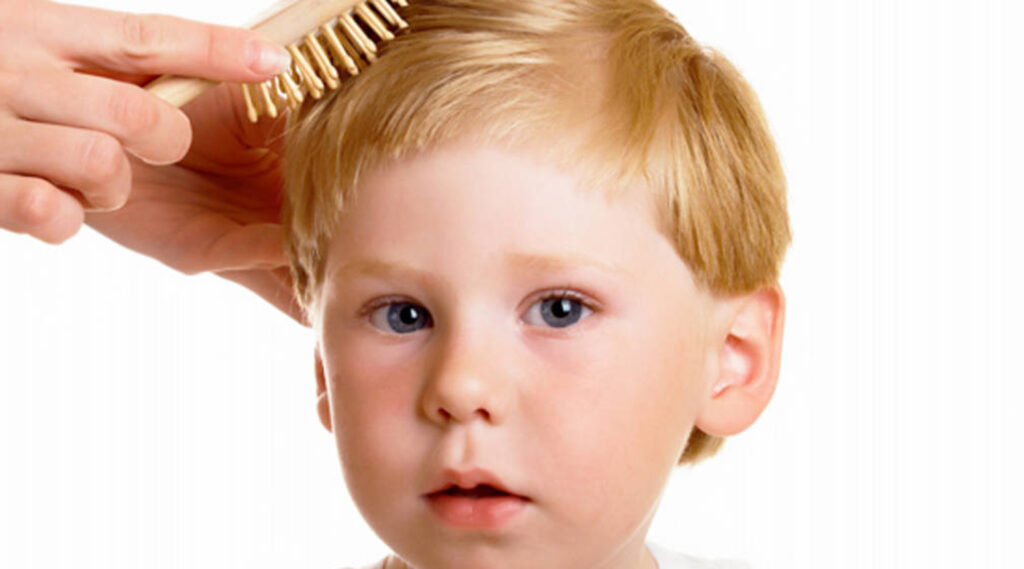
One of the best uses of coconut oil for hair is in the treatment and prevention of lice! According to a study published in the European Journal of Pediatrics, a combination of coconut oil and anise spray is more effective, than the commonly used prescription lice treatment permethrin.
In fact, in the controlled study, the coconut oil-based spray was 82% successful and the permethrin was only 42% successful, and 33 of the 50 participants reported scalp irritation when following the conventional treatment.
Another study published in the Israel Medical Association Journal found greater success, although they added ylang ylang oil to the coconut oil and anise oil combination. The treatment was successful in 92.3% of children and caused no serious side effects.
Because coconut oil penetrates the hair shaft, and the scalp, it helps to repel lice and can keep their eggs from attaching to the hair. With the addition of essential oils including ylang-ylang, tea tree, and anise, lice don’t have a chance.
LICE TREATMENT:
To keep lice at bay, use coconut oil as mentioned above as a leave-in hair conditioner, or to detangle and style hair. If there is an infestation of lice, mix 3 tablespoons of coconut oil with 1 teaspoon of each ylang ylang, anise, and tea tree oils. Double the recipe for longer hair; this should be enough for shoulder-length hair.
Apply the solution all over the scalp, massage in, and pulling through the ends. Comb through the hair with a fine toothcomb. Cover in a shower cap, and allow to sit for 2 hours. If possible, sit in the sun or use a hair dryer to periodically warm up the cap. Carefully remove shower cap, and seal in zip lock bag for disposal.
At the end of 2 hours, comb hair once again, prior to washing and rinsing thoroughly, twice. While hair is still wet, combine 2 cups of apple cider vinegar and 1 cup water in a small spray bottle. Saturate the hair, spraying ½ the bottle on the scalp and hair. Lean over the sink and pour the remaining mixture over the hair, massaging lightly.
Rinse thoroughly and comb hair once again with a fine toothcomb. Follow with a light application of coconut oil, cover with a shower cap, or style as desired, and allow to remain on the hair until next washing.
As with most lice treatments, the process needs to be repeated every 5-10 days for a couple of weeks. This helps to ensure that all lice and their eggs are eradicated. Between treatments, comb hair morning and night with a fine toothcomb, and use coconut oil as a leave-in conditioner.
As coconut oil both repels and kills lice, at the first notification of a lice outbreak, start using coconut oil as a leave-in conditioner.
If you are subscribed we are sending part 2 and you will get notified if you are not subscribed you have two choices either to do so or just check-in a couple of weeks when the next post comes out. we usually post every two weeks and don’t wish to over email our viewers, we definitely don’t share your email also with no one, thank you so much for your loyalty and all the likes and shares, much love, health, prosperity, and great HAIR!!!!
Take your supplements.
While eating a balanced diet helps, you may not be getting the proper amount of hair-building nutrients. That’s where supplements come in. There’s a lot of talk lately about women taking prenatal vitamins to promote hair growth (even when they aren’t pregnant and trying). Our best bet? Supplement with ingredients that promote hair growth: biotin, keratin, vitamin E, and omegas. Biotin is an essential vitamin for body tissue. Symptoms of a deficiency are thinning or loss of hair. Keratin is a protein that makes up the structure of hair, skin, and nails—and promotes thick and strong strands throughout the growth cycle. Caspero’s go-to: HUM Runway Ready. It’s loaded with vegan biotin, plant-based omegas (ALA and GLA) from black currant seed oil. and vitamin E from sunflower seed oil!
Nutraluxe MD Nutrastim Pro Hair Laser Comb
NutraStim Professional Hair Growth Laser Comb is a handheld, cordless and easy to use Hair Laser Comb intended to promote hair growth. It features a sleek design with rechargeable batteries to give you the freedom of movement.
Theradome Hair Growth Helmet – Premium Technology That Grows New Hair and Prevents Further Loss
World’s Most Technologically Advanced Laser Hair Therapy Device for Home Use.
DermOrganic Argan Oil Leave-In Treatment
DermOrganic® Leave-In Treatment, based on Morrocan Argan Fruit Oil, has the unique quality of instant absorption into hair. It restores shine and softness while strengthening brittle hair. Replenishes nourishment to dry, damaged, colored hair. Protects hair from styling heat and UV damage.
Alòn Scalp Calming Formula
The Alón Scalp Calming Formula represents the latest science in fighting the main culprits of scalp aging – chronic inflammation and sun-induced genetic damage. Our serum is the culmination of 18 months of research and testing that uses targeted ingredients in a synergistic approach to address the underlying mechanism of scalp itchiness, redness, and to promote hair health.

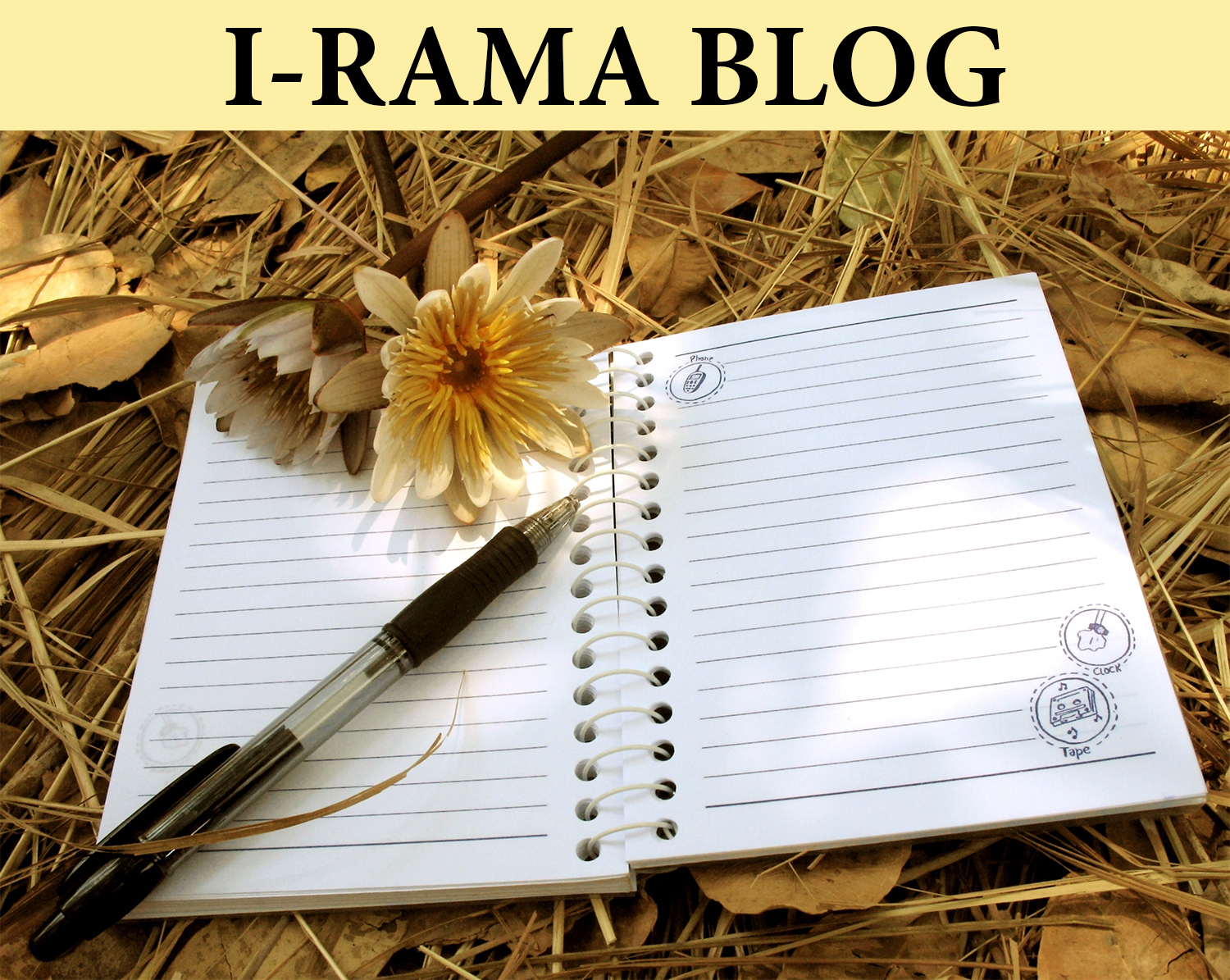
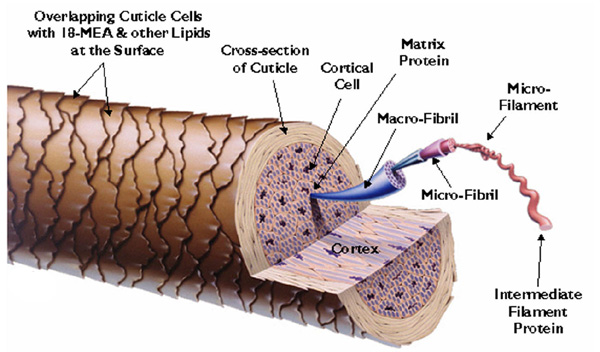
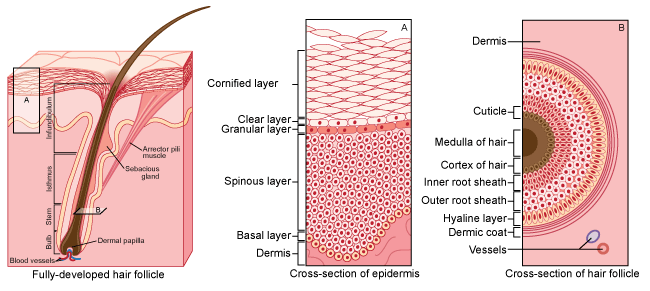
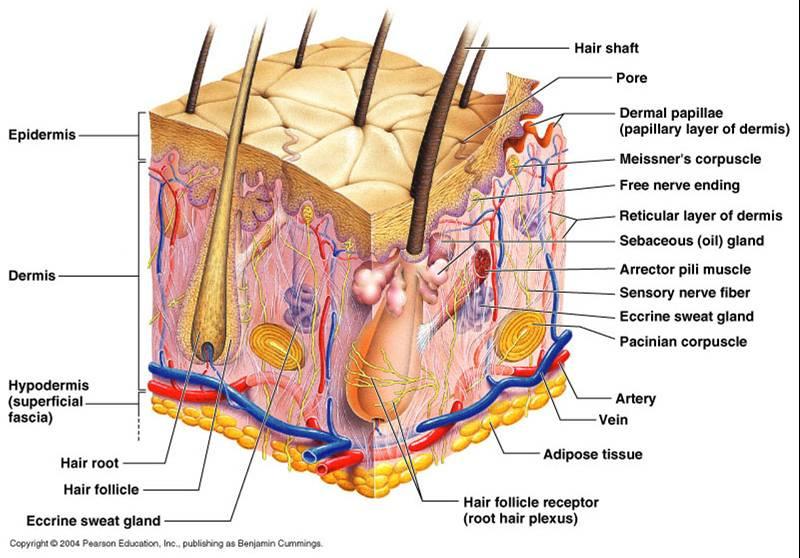
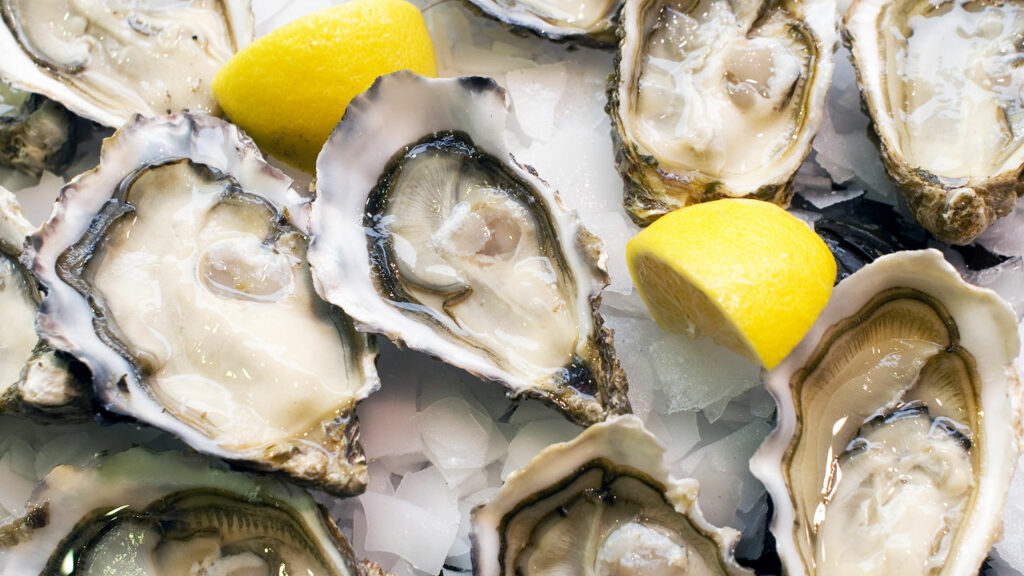
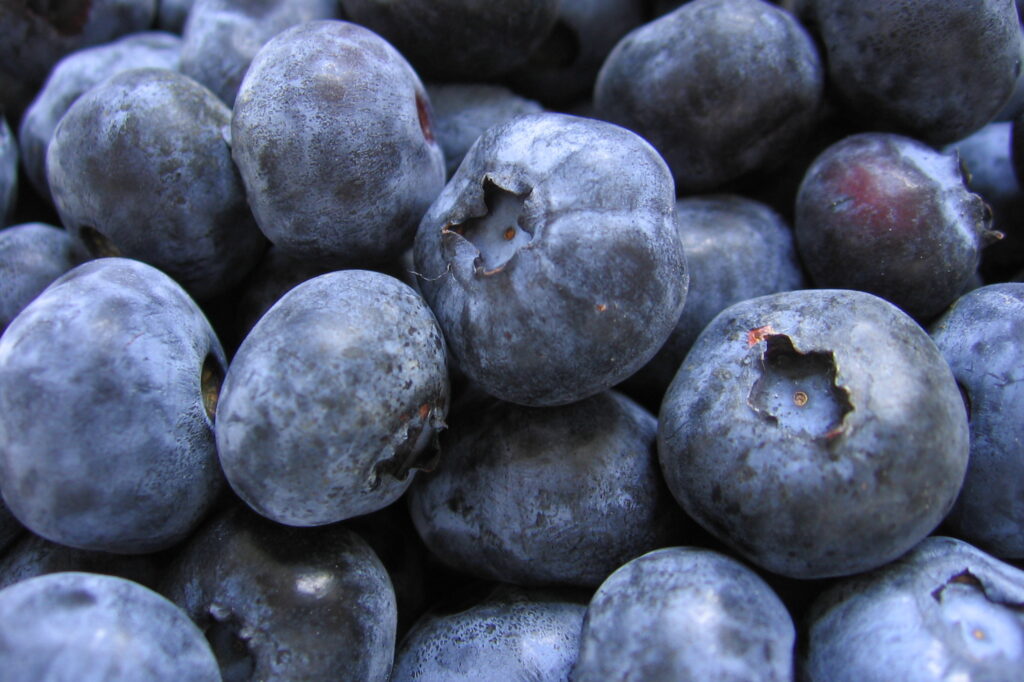
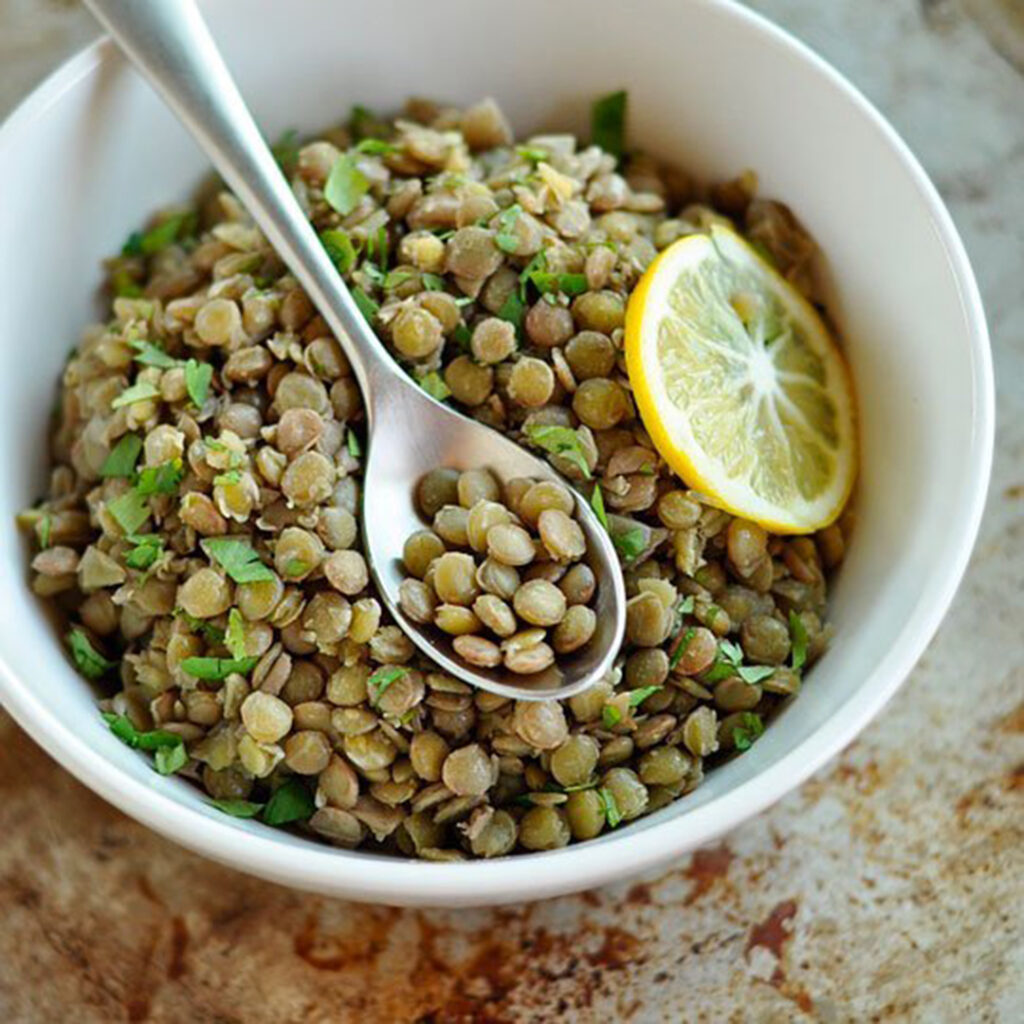
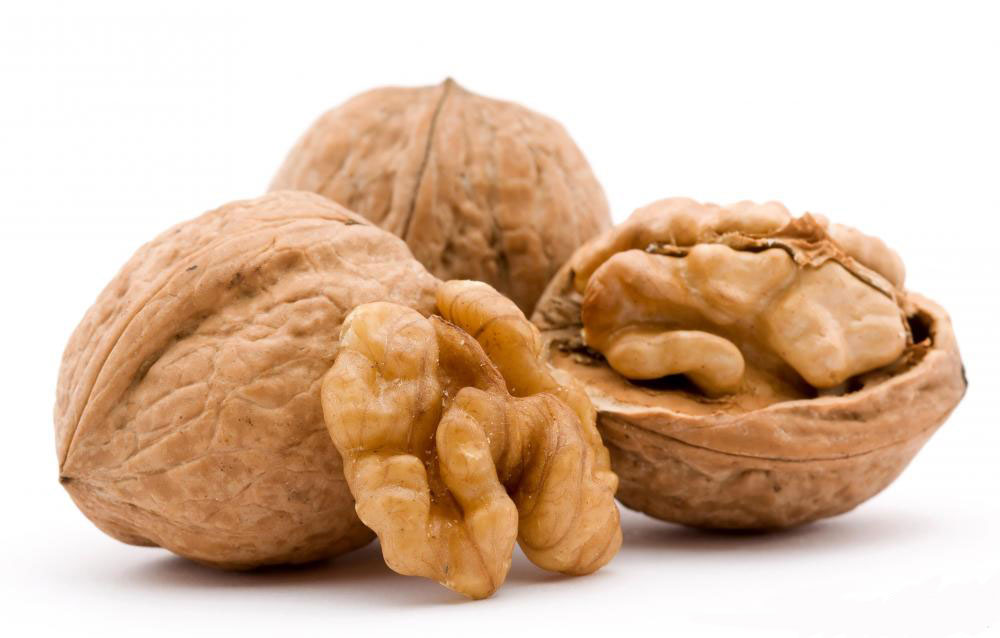
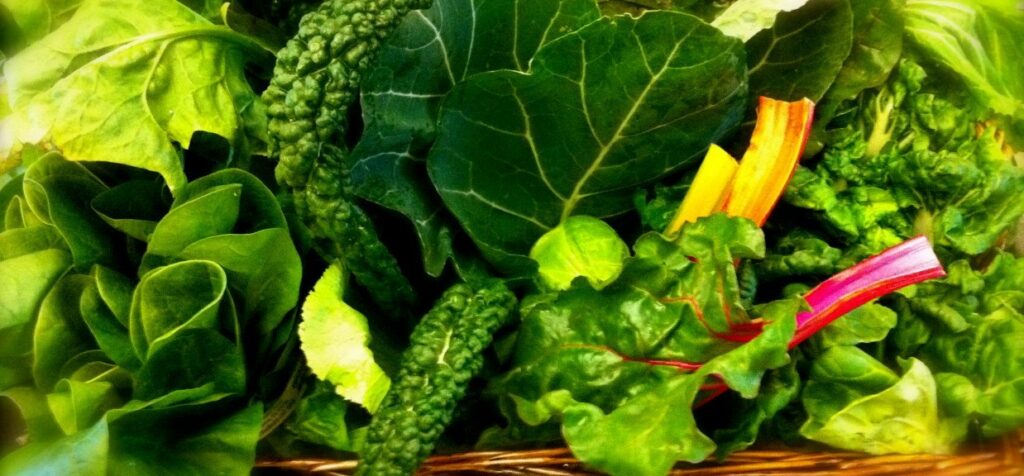
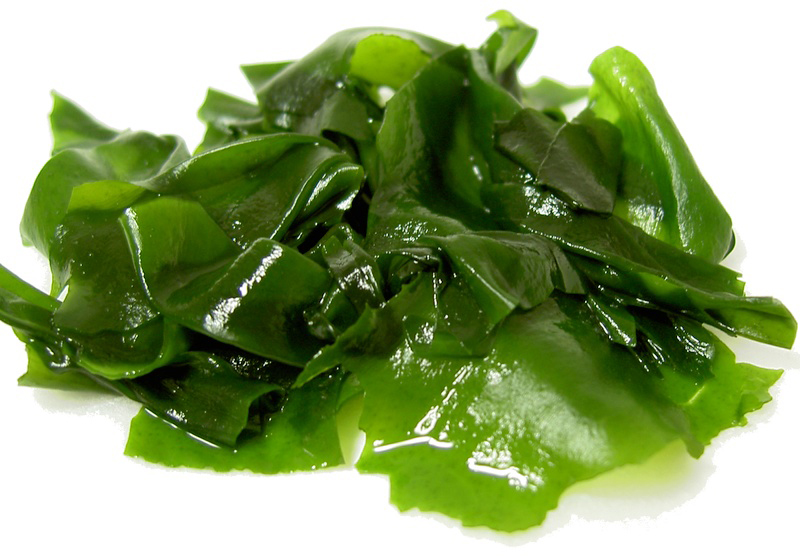
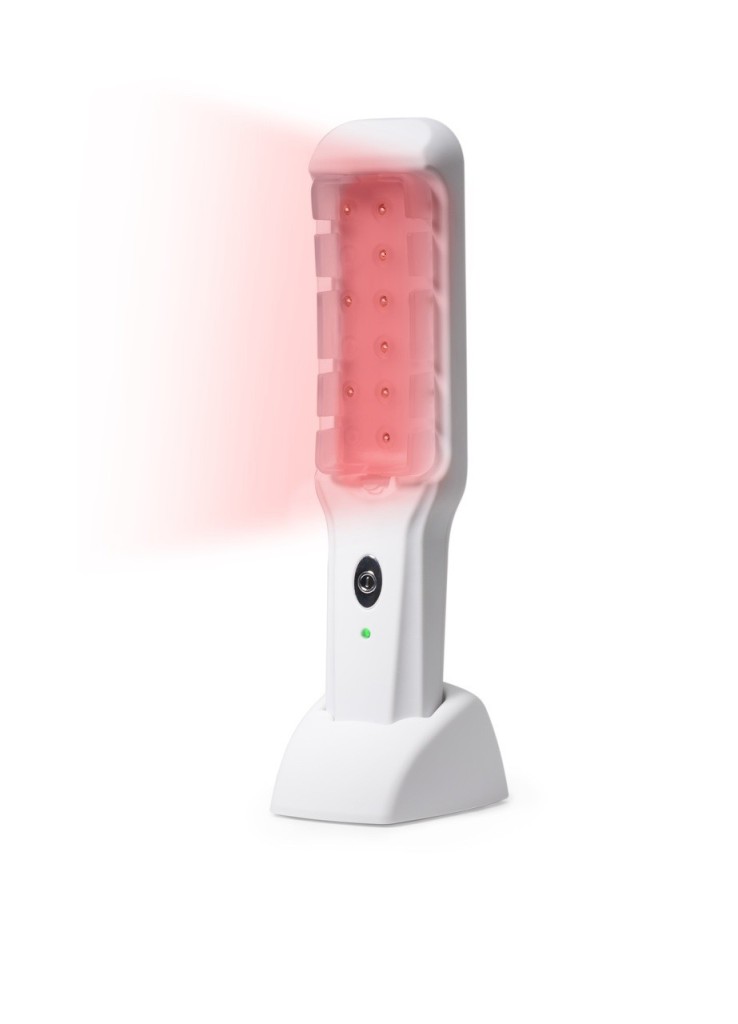
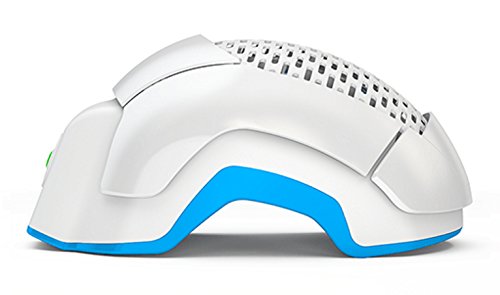
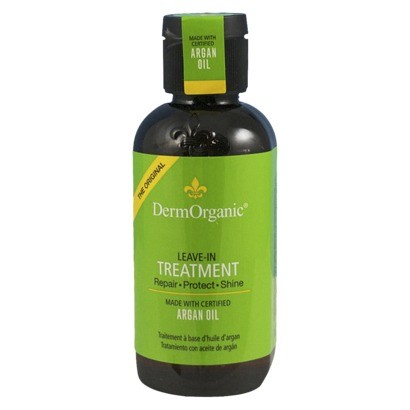
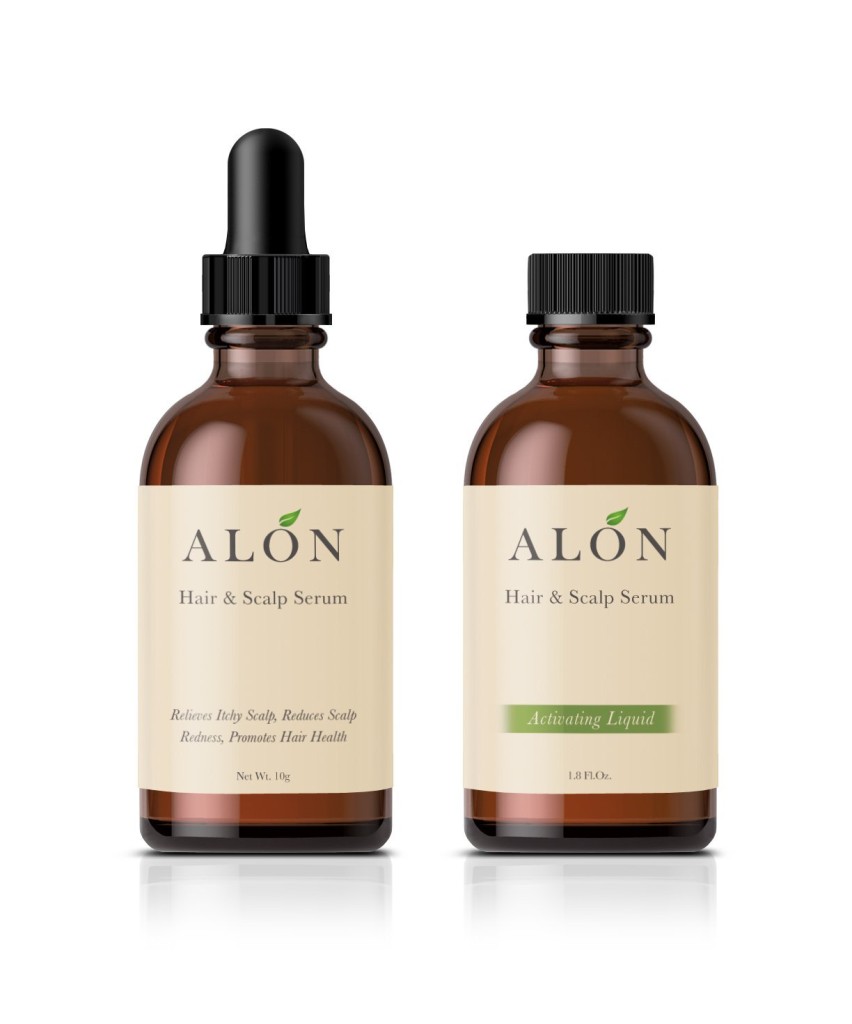
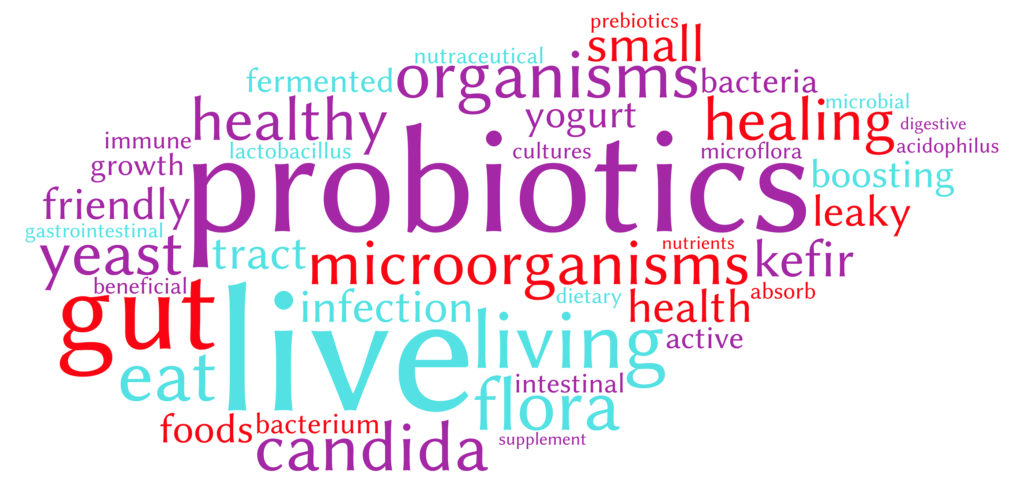
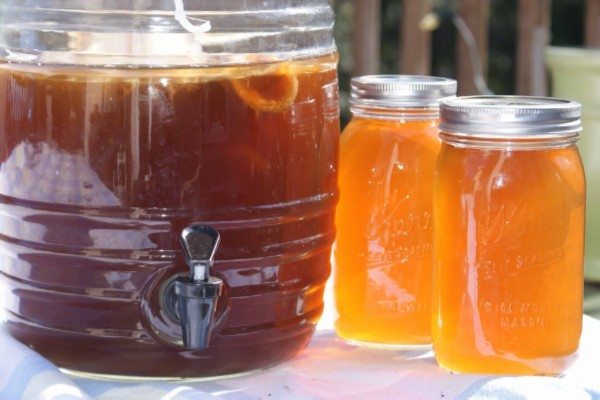
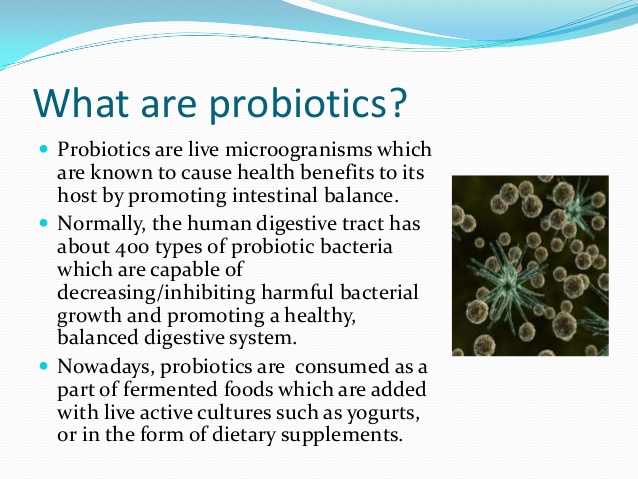 According to https://www.gastro.org
According to https://www.gastro.org